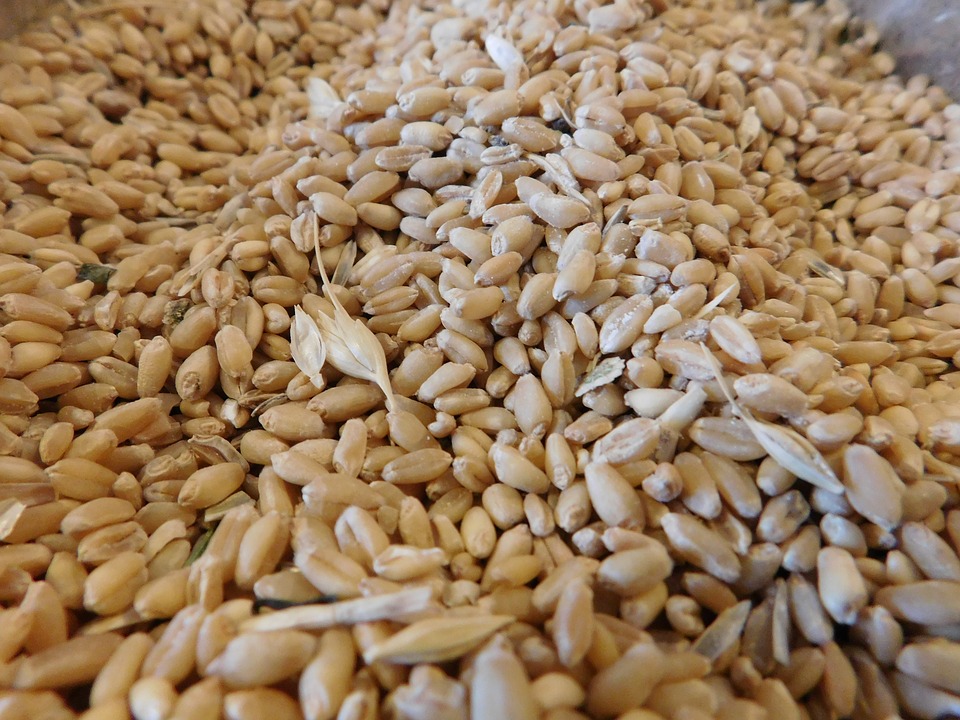According to Chief Economist at FAO, potential for further price growth is limited due to good outlook on future deliveries.
"In the coming months, the determining factor would be instability in the financial markets due to the US presidential elections, and fluctuations in exchange rates. This is not just an election in any other country, this presidential election in state, currency of which largely determines the entire world trade, "- he said.
Prices for meat fell by 1% in October due to a decrease in demand for European pork in China. The price increase was mainly provided by sugar and dairy products, which rose by 3.4 and 3.9%, respectively. Sugar has become more expensive because of problems in Brazil and India, and dairy products grew in price thanks to increased demand for cheese and butter in the European Union. Scanty sugar crop even resulted in likeness of the food crisis in Egypt. Local retail chains even introduced restriction for sale - no more than 2 kg in one hand. Prices for cereals also climbed, mainly due to rise in price for high-quality wheat and increased demand for corn in the US. Overall, food prices are rising, despite the record grain harvest in the Northern Hemisphere.
According to the FAO’s forecast, grain harvest in 2016-2017 will exceed 2.57 billion tons - 1.5% higher than a year ago
Bad weather in China, Brazil and the European Union will decline in world corn harvest at 4.8 million tons, yet additional wheat and barley crop is expected to compensate the possible problem. Corn crop in Argentina will probably stay the same as compared with forecasts, and good weather conditions even allow to predict an increase in total yield of 6% in comparison even with a relatively high level of the previous year, says FAO.
Low grain prices should provoke an increase in its consumption: according to analysts, demand for grain in the 2016-2017 year will increase by 2.7%.
According to FAO data, the world moves to a healthy diet. For example, prices of oils and fats decreased by 2.4 percent compared to September. This gratifying fact is linked to increase in stocks of palm oil in the producing countries while demand for it is now significantly lower.
In particular, stocks of palm oil in Malaysia (one of the world's largest manufacturers of the product) for the month rose by almost two per cent and amounted to 1.57 million tons. Explaining these figures, analysts note decrease in demand for the product from India and China. They now prefer to use palm oil as a biofuel in automobiles.
source: ft.com
"In the coming months, the determining factor would be instability in the financial markets due to the US presidential elections, and fluctuations in exchange rates. This is not just an election in any other country, this presidential election in state, currency of which largely determines the entire world trade, "- he said.
Prices for meat fell by 1% in October due to a decrease in demand for European pork in China. The price increase was mainly provided by sugar and dairy products, which rose by 3.4 and 3.9%, respectively. Sugar has become more expensive because of problems in Brazil and India, and dairy products grew in price thanks to increased demand for cheese and butter in the European Union. Scanty sugar crop even resulted in likeness of the food crisis in Egypt. Local retail chains even introduced restriction for sale - no more than 2 kg in one hand. Prices for cereals also climbed, mainly due to rise in price for high-quality wheat and increased demand for corn in the US. Overall, food prices are rising, despite the record grain harvest in the Northern Hemisphere.
According to the FAO’s forecast, grain harvest in 2016-2017 will exceed 2.57 billion tons - 1.5% higher than a year ago
Bad weather in China, Brazil and the European Union will decline in world corn harvest at 4.8 million tons, yet additional wheat and barley crop is expected to compensate the possible problem. Corn crop in Argentina will probably stay the same as compared with forecasts, and good weather conditions even allow to predict an increase in total yield of 6% in comparison even with a relatively high level of the previous year, says FAO.
Low grain prices should provoke an increase in its consumption: according to analysts, demand for grain in the 2016-2017 year will increase by 2.7%.
According to FAO data, the world moves to a healthy diet. For example, prices of oils and fats decreased by 2.4 percent compared to September. This gratifying fact is linked to increase in stocks of palm oil in the producing countries while demand for it is now significantly lower.
In particular, stocks of palm oil in Malaysia (one of the world's largest manufacturers of the product) for the month rose by almost two per cent and amounted to 1.57 million tons. Explaining these figures, analysts note decrease in demand for the product from India and China. They now prefer to use palm oil as a biofuel in automobiles.
source: ft.com





